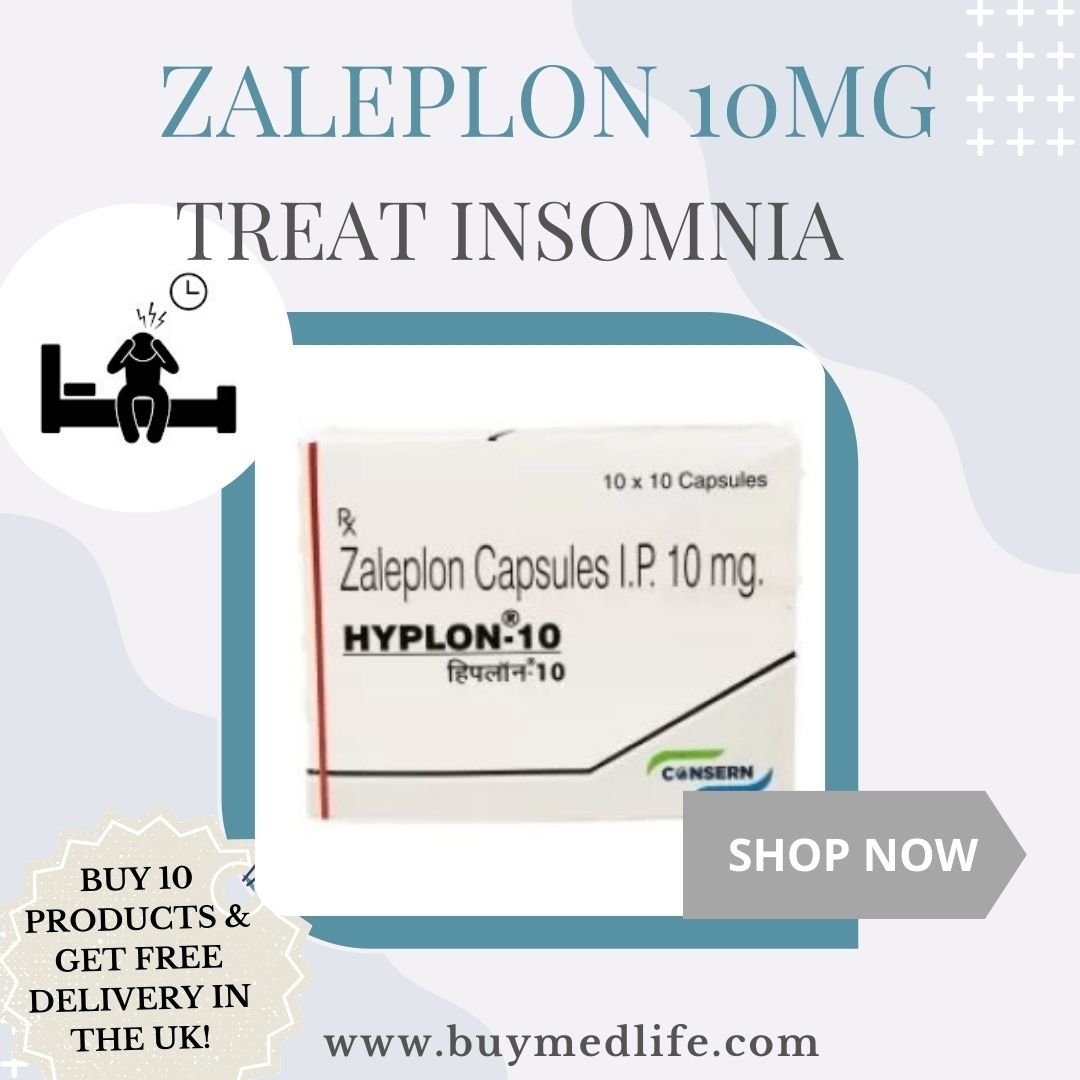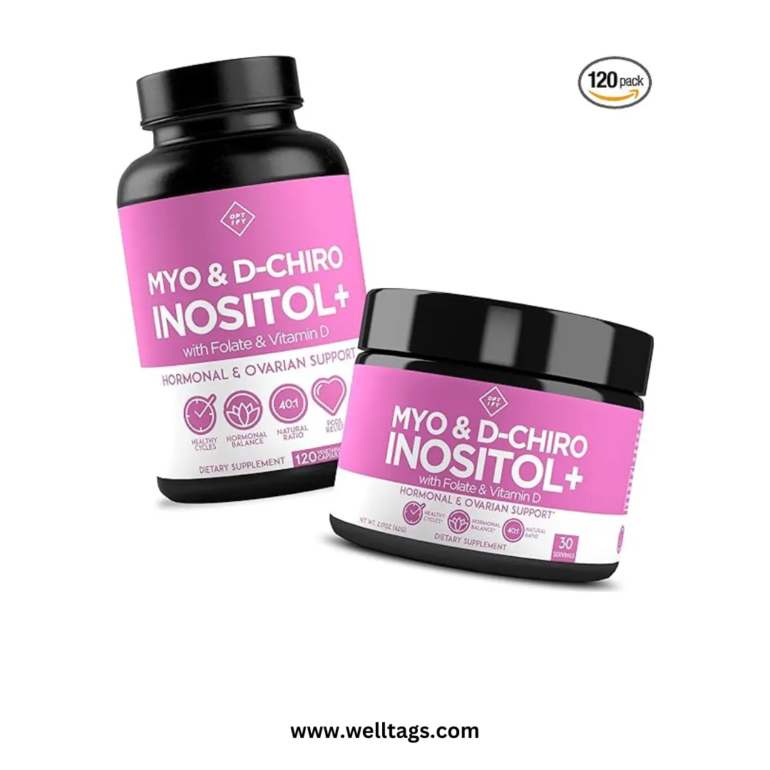Zaleplon 10mg, a widely prescribed medication for the treatment of insomnia, plays a crucial role in promoting healthy sleep patterns for individuals struggling with sleep disorders. As with any medication, safe and appropriate use of Zaleplon is essential to ensure optimal therapeutic outcomes and minimize potential risks.
This article provides comprehensive guidelines for healthcare professionals on the safe prescription of Zaleplon 10mg, covering key aspects such as its pharmacological profile, indications, dosing guidelines, monitoring recommendations, potential adverse effects, drug interactions, and precautions. By following these guidelines, healthcare providers can enhance patient safety and optimize the efficacy of Zaleplon therapy in the management of insomnia.
1. Introduction to Zaleplon 10mg
Overview of Zaleplon
Let’s talk about Zaleplon 10mg, also known by its brand name, “SleepySleep.” This little pill is a member of the sedative-hypnotic family, designed to help you catch those elusive Zzz’s. It’s like a gentle lullaby for your brain, coaxing it into a peaceful slumber without any harsh side effects knocking at your door.
2. Pharmacological Profile of Zaleplon
Mechanism of Action
Ever wondered how Zaleplon works its magic? Well, it’s like a locksmith for your brain’s sleep receptors. By targeting specific receptors in the brain called GABA-A receptors, Zaleplon helps quiet down the chatter in your noggin, making way for sweet dreams.
Pharmacokinetics
Zaleplon is a speedy little fellow, reaching its peak blood levels in about an hour. It doesn’t like to linger around too long, though, as it’s usually out of your system within a few hours. So, it’s like the polite houseguest of the medication world – in and out before you even notice.
Pharmacodynamics
Once Zaleplon gets to work, it’s all about enhancing the effects of GABA, the brain’s natural calming neurotransmitter. This helps to slow down those racing thoughts and invites the sandman for a cozy visit. Think of it as a gentle lullaby for your brain, singing it into a restful slumber.
3. Indications and Contraindications
Approved Indications
Zaleplon is your go-to buddy for short-term insomnia relief. When counting sheep just isn’t cutting it, Zaleplon steps in to help you drift off into dreamland. It’s like having a reliable sleep fairy in pill form.
Contraindications
As with any good thing, there are a few rules to follow. Zaleplon might not be the best fit for everyone, especially those with a history of substance abuse or respiratory issues. It’s like being picky about who gets an invite to your slumber party – safety first!
4. Dosage and Administration Guidelines
Recommended Dosage
When it comes to dosing up on Zaleplon, less is more. The usual starting dose is 10mg, taken right before bedtime. Just a gentle nudge to coax you into dreamland without any morning grogginess. It’s like having the perfect nightcap, minus the hangover.
Administration Instructions
Pop that Zaleplon pill like you’re toasting to a good night’s sleep. Take it on an empty stomach for quicker absorption, and make sure you have a solid 7-8 hours of sleep ahead. It’s all about setting the stage for a restful night, so bid adieu to caffeine-fueled late-night Netflix binges.
So, there you have it – the lowdown on Zaleplon 10mg. With the right guidance and a sprinkle of good sleep hygiene, you’ll be snoozing soundly in no time. Just remember, a well-rested you is a happy you. Sweet dreams!
5. Monitoring and Follow-up Recommendations
Monitoring Parameters
Keeping track of the patient’s sleep patterns, any changes in behavior, and overall well-being is crucial when prescribing Zaleplon 10mg. Monitoring for signs of dependence or tolerance is also important to ensure the medication remains effective.
Follow-up Schedule
Regular follow-up appointments are recommended to assess the ongoing need for Zaleplon 10mg and to address any concerns or side effects the patient may be experiencing. Follow-up visits also provide an opportunity to discuss alternative treatment options if needed.
6. Adverse Effects and Warning Signs
Common Adverse Effects
Some common adverse effects of Zaleplon 10mg may include dizziness, drowsiness, headache, and dry mouth. These side effects are usually mild and tend to improve over time as the body adjusts to the medication.
Serious Warning Signs
Patients should seek immediate medical attention if they experience severe allergic reactions, difficulty breathing, hallucinations, or unusual changes in mood or behavior while taking Zaleplon 10mg. These could be signs of a serious adverse reaction that requires prompt intervention.
7. Drug Interactions and Precautions
Interactions with Other Medications
It is important to consult with a healthcare provider before combining Zaleplon 10mg with other medications, especially those that depress the central nervous system, such as alcohol, opioids, or other sedatives. Drug interactions can potentiate side effects and increase the risk of adverse events.
Precautions for Special Populations
Special populations, such as elderly patients, pregnant or breastfeeding women, and individuals with liver or kidney impairment, may require dose adjustments or closer monitoring when taking Zaleplon 10mg. These groups are more susceptible to the effects of the medication and may experience more pronounced side effects.
8. Conclusion and Summary
In conclusion, the safe prescription of Zaleplon 10mg requires careful monitoring, consideration of potential adverse effects, awareness of drug interactions, and special precautions for vulnerable populations. By following these guidelines and maintaining open communication with patients, healthcare providers can optimize the benefits of this medication while minimizing risks. In conclusion, adhering to the outlined guidelines for the safe prescription of Zaleplon 10mg is paramount in promoting effective treatment outcomes while prioritizing patient safety. By staying informed about the pharmacological characteristics, dosing principles, monitoring strategies, and potential risks associated with Zaleplon, healthcare professionals can ensure that patients receive the best possible care for their insomnia management needs. Through a commitment to safe prescribing practices, healthcare providers can contribute to the overall well-being and quality of life of individuals seeking relief from sleep disturbances.
















Leave a Reply